I often go to a lot of effort finding, and using, the correct spelling of a person's name, if that person's name originates from a non-Latin alphabet (Cyrillic, Hebrew, Chinese, logographic, etc.). Sometimes I don't even bother writing the transliterated version in brackets after it, if writing space is limited (e.g. Twitter).
Writing a person's name in a local character-set is okay for phonetical ease, but it should never be confused with the persons actual real name.
Even if one dislikes a person, one should do their best to spell the name as it should be spelled, in the correct alphabet. It is not politeness, it is correctness.
There is also the heinous practice [as personally witnessed in Irish schools], where a person's name is translated between languages. Not just transliteration, but actual translations of the words used in a name.¹
You cannot translate a name. A name is syntax, not semantics. The person is the semantic.
¹ Example: "Game of Thrones" translation into Irish, changes 'Jon Snow' into a literal 'Seán an tSneachta' https://twitter.com/DirkVanBryn/status/790155947490549760
N.B. I am still undecided about the process of reversing name order during transliteration (as can happen with Asian names).
Summer in February (2013)
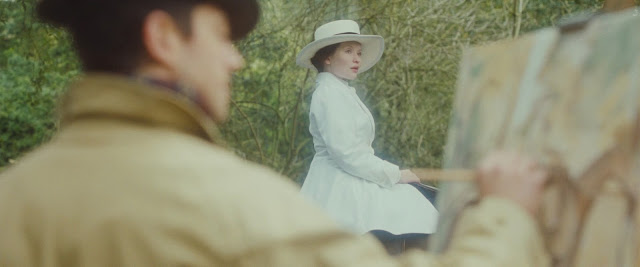
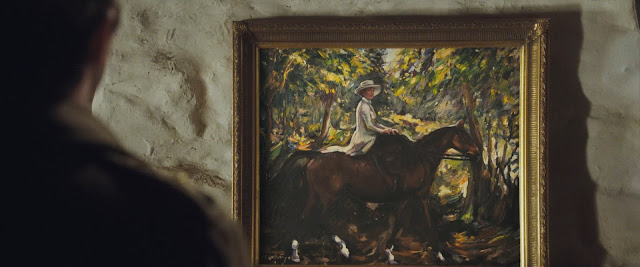
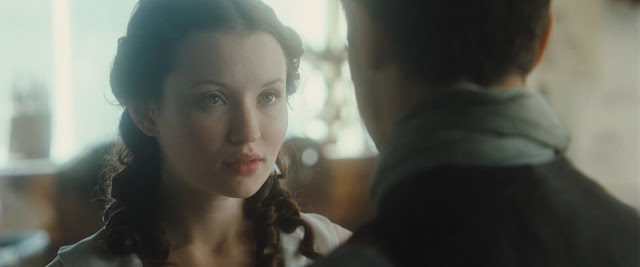
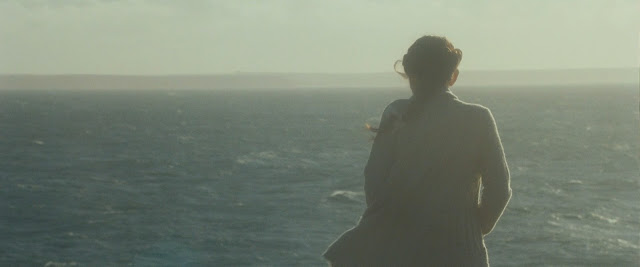
An unfortunate film. What could have been an engaging and scenic period-drama was ultimately ruined by bad story telling. Based on a true story, perhaps the film-makers were just too familiar with the subject material, and got lost sketching a field of mere junctures, only hinting at the stories and personalities beyond. The film lacks the zest of surrealism to excuse the, frankly, bizarre choices made by the characters.
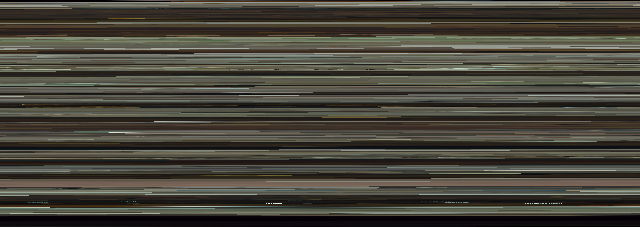
info: https://en.wikipedia.org/wiki/Summer_in_February
discussion: https://www.filmboards.com/board/12184287/
tags:
Emily Browning
,
movies
,
pixel array
,
review
,
vidcap
FFmpeg: Temporal slice-stacking ['slit-scan'] effect (aka 'Wobbly Video')
An old video effect¹, experimented with in 2013 (using processing.org)², revisited now again using FFmpeg³. The concept is to take one line of pixels (x or y) of a frame, relative to its position in the video, and stack those lines into a new frame. Then increment their starting point while progressing through the timeline of the video.
This is somewhat similar to the effect commonly seen (these days) with the "rolling shutter" artefact of certain digital photography. See 'Ancillary footage' at the bottom of the post for an overlay version that may help as visual aid in understanding.
In the demonstration above (and longer videos below) the frame is divided into four quadrants: Top-left is the original; top-right are horizontal stacked frames (btt); bottom-left are vertical stacked frames (rtl); bottom-right are vertical-stacked frames that have then been stacked horizontally.
#!/bin/bash
# Temporal slice-stacking effect with FFmpeg (aka 'wibbly-wobbly' video).
# See 'NOTES' at bottom of script.
# Ver. 2017.10.01.22.14.08
# source: http://oioiiooixiii.blogspot.com
function cleanUp() # tidy files after script termination
{
rm -rf "$folder" \
&& echo "### Removed temporary files and folder '$folder' ###"
}
trap cleanUp EXIT
### Variables
folder="$(mktemp -d)" # create temp work folder
duration="$(ffprobe "$1" 2>&1 | grep Duration | awk '{ print $2 }')"
seconds="$(echo $duration \
| awk -F: '{ print ($1 * 3600) + ($2 * 60) + $3 }' \
| cut -d '.' -f 1)"
fps="$(ffprobe "$1" 2>&1 \
| sed -n 's/.*, \(.*\) fps,.*/\1/p' \
| awk '{printf("%d\n",$1 + 0.5)}')"
frames="$(( seconds*fps ))"
width="640" # CHANGE AS NEEDED (e.g. width/2 etc.)
height="360" # CHANGE AS NEEDED (e.g. height/2 etc.)
### Filterchains
stemStart="select=gte(n\,"
stemEnd="),format=yuv444p,split[horz][vert]"
horz="[horz]crop=in_w:1:0:n,tile=1x${height}[horz]"
vert="[vert]crop=1:in_h:n:0,tile=${width}X1[vert]"
merge="[0:v]null[horz];[1:v]null[vert]"
scale="scale=${width}:${height}"
#### Create resized video, or let 'inputVideo=$1'
clear; echo "### RESIZING VIDEO (location: $folder) ###"
inputVideo="$folder/resized.mkv"
ffmpeg -loglevel debug -i "$1" -vf "$scale" -crf 10 "$inputVideo" 2>&1 \
|& grep 'frame=' | tr \\n \\r; echo
### MAIN LOOP
for (( i=0;i<"$frames";i++ ))
do
echo -ne "### Processing Frame: $i of $frames ### \033[0K\r"
ffmpeg \
-loglevel panic \
-i "$inputVideo" \
-filter_complex "${stemStart}${i}${stemEnd};${horz};${vert}" \
-map '[horz]' \
-vframes 1 \
"$folder"/horz_frame${i}.png \
-map '[vert]' \
-vframes 1 \
"$folder"/vert_frame${i}.png
done
### Join images (optional sharpening, upscale, etc. via 'merge' variable)
echo -ne "\n### Creating output videos ###"
ffmpeg \
-loglevel panic \
-r "$fps" \
-i "$folder"/horz_frame%d.png \
-r "$fps" \
-i "$folder"/vert_frame%d.png \
-filter_complex "$merge" \
-map '[horz]' \
-r "$fps" \
-crf 10 \
"${1}_horizontal-smear.mkv" \
-map '[vert]' \
-r "$fps" \
-crf 10 \
"${1}_verticle-smear.mkv"
### Finish and tidy files
exit
### NOTES ######################################################################
# The input video is resized to reduce frames needed to fill frame dimensions
# (which can produce more interesting results).
# This is done by producing a separate video, but it can be included at the
# start of 'stemStart' filterchain to resize frame dimensions on-the-fly.
# Adjust 'width' and 'height' for alternate effects.
# For seamless looping, an alternative file should be created by looping
# the desired section of video, but set the number of processing frames to
# original video's 'time*fps' number. The extra frames are only needed to fill
# the void [black] area in frames beyond loop points.
download: ffmpeg_wobble-video.sh
tags:
animation
,
BASH
,
FFmpeg
,
programming
,
video
,
wobble video
Alien:Covenant (2017)
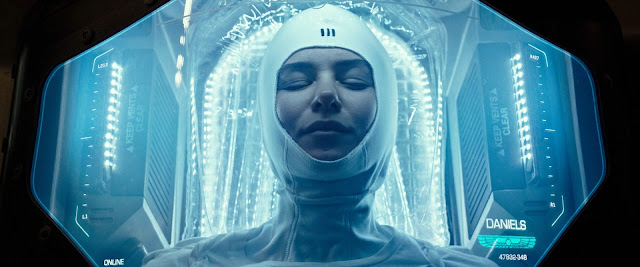
Milking a dead horse: I kept asking myself while watching, "but haven't we seen this film before‽"
Related note:
2012: eagerly wait for NECA to bring out a Elizabeth Shaw figure
— oioiiooixiii (@oioiiooixiii) September 8, 2017
2017: character unceremoniously killed off - NECA bring out a Shaw figure 😒 pic.twitter.com/Utfzjyn5OM
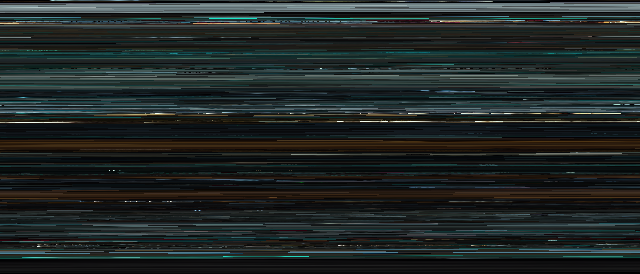
info: https://en.wikipedia.org/wiki/Alien:_Covenant
tags:
movies
,
pixel array
,
review
,
vidcap
Subscribe to:
Posts
(
Atom
)
